Titanic: The Artifact Exhibition has been visited by over 36 million people across the globe. Telling the captivating story of Titanic through authentic artefacts from real people, it features full-scale room recreations and immersive environments. There are five travelling exhibits and two permanent installations in total. Each has around 200 original artefacts that transport visitors back to the ship’s maiden voyage in 1912.
The blockbuster exhibition has been touring for twenty years and will be updated following the Titanic 2024 Imaging and Research Expedition. New imaging and data from the 2024 expedition will allow audiences to explore the wreck site in exciting new ways.
We speak to Tomasina Ray, president of RMS Titanic, Inc. and director of collections at Experiential Media Group (E/M Group), and Gautam Chandna, EVP of business development at E/M Group, to find out what keeps people coming back to this blockbuster exhibition and what audiences can expect to see added in the future.
Meet RMS Titanic and E/M Group
RMS Titanic Inc. is the salvor in possession and steward of the Titanic wreck site, as well as the 5,500 artefacts it has recovered over 37 years and nine expeditions.
“Our mission is to preserve the memory of Titanic and her passengers,” says Ray.
“We believe the best way to do that is through the artefacts. These objects witnessed Titanic’s triumphant birth through to the passengers’ experience on board and the tragic night of the sinking. But they also tell the story of exploration and recovery in a way no other material can.”
Meanwhile, Experiential Media Group makes it possible to share the work RMS Titanic Inc. does as the steward of Titanic and spread the memory of the ship and its story. It is entrusted with organising exhibitions worldwide for this exclusive, historically significant collection.
“Titanic had and continues to have a global impact,” says Chandna. “It’s about preserving the history by telling the stories of the victims and the ship through the artefacts and inspiring exploration and curiosity through our expeditions and research. Innovation is often driven by exploration. Titanic is an excellent example of an event that holds enough fascination to draw researchers and technology to further exploration.”
The evergreen appeal of the Titanic story
Speaking about why there is such an enduring fascination with the ill-fated ship, Ray says:
“It was a perfect storm of circumstances that created a focal point at a moment in history: 2,200 people across class lines from the richest and the poorest and over 60 countries. This was one of the first major tragedies that people experienced the world over, almost in real-time, thanks to the new technology of the wireless telegraph system. However, there is still mystery and intrigue that pulls people in. The unimaginable confluence of people, events and technology that led to the sinking is endlessly fascinating.”
The significance of Titanic extends beyond its tragic sinking in 1912. It also served as a pivotal lesson in safety and human error, which led to strengthened maritime regulations. Chandna adds:
“It starkly illustrated social class divisions, echoing ongoing discussions about inequality today.”
The artefacts recovered from the wreck, such as exquisite china, ornate silverware, luxurious clothing, and personal effects like jewellery, money, a bottle of champagne, and perfume vials, provide a fascinating glimpse into the luxury and lifestyle of its first-class passengers.
“These items paint a vivid picture of early 20th-century wealth and privilege. They showcase the ship's grandeur and also the stark contrast between the lives of the elite and those of less fortunate travellers. This rich narrative not only highlights the human stories behind the tragedy but also serves as a reminder of the need for vigilance amidst progress, resonating with both historical and contemporary issues.”
Exploring the wreck
The 2024 Imaging and Research Expedition took place in July. It used high-resolution imaging technology to provide the most advanced and accurate images to date. Part of its mission was to identify artefacts at risk of loss. It can then target these for recovery and conservation in the next expedition. The expedition vessel included two remotely operated vehicles to capture the wreck site and debris field in more detail than ever before.
“Expedition 2024 emphasised imaging the debris field,” says Ray. “When Titanic sank, she split in two and left the contents of kitchens, cabins, engines and boiler rooms scattered across the ocean floor. The two halves of the Titanic wreckage, the bow and the stern, have been very well photographed. However, the debris field, which extends hundreds of meters in all directions, hasn’t been thoroughly documented."
“As the salvor in possession, we feel that it is our responsibility to understand what is there, document it and recover it for preservation in the case of at-risk or historically significant pieces.
"Although the exact rate is unknown, Titanic is decaying. And her location, 2.5 miles under the ocean, makes her inaccessible to most. Using this new imagery, we will be able to determine what artefacts are better left in place and which should be recovered while allowing us to document everything in situ.
For objects too large or fragile to recover, with this new imagery, the team will be able to preserve and bring them to the public using new, immersive technology.
The impact of displaying authentic artefacts
RMS Titanic Inc. has the only authentic Titanic artefact collection, including over 5,500 pieces. Titanic: The Artifact Exhibition brings the story of the passengers to life through artefacts recovered from the wreck site. These reveal the luxury and personal lives of its passengers.
One of the most poignant examples is the alligator skin bag recovered in 2000, which revealed the life story of Marian Meanwell, a sixty-three-year-old woman travelling alone in third class. "She would be a simple statistic; however, with her artefacts, we can tell the story of a woman who kept meticulous records, loved music and had strong family ties. Because her artefacts have been recovered, we can preserve her memory.
This shows how the artefacts can help visitors to remember that Titanic’s passengers were real people with full lives.
Other significant artefacts like the Davit Crane, which played a critical role in launching the lifeboats as Titanic sank and can be seen on display in Boston, allow visitors to experience an actual piece of Titanic and feel what it would be like to stand on the deck as lifeboats were being launched, not knowing if they would live or die, or having to say goodbye to a loved one.
New insights
“The artefacts are constantly providing new insights. Even objects we thought we understood reveal new information as technology allows us new ways to investigate,” says Ray.
Recently, a partnership with the University of Rochester’s Lazarus Project completed multi-spectrum imaging on some of the paper artefacts. This revealed the names of passengers which could not be seen with the naked eye. “This new research allows us to give passengers back their identities and connect exhibition visitors with the passengers’ experience.”
“We hope visitors come away learning something new that they are excited to share with their friends or family. The best way to keep Titanic and her passengers’ memory alive is if people continue to share it,” says Chandna. “We know there is something for everyone in the exhibition. 2,200 stories of people’s lives, the technology of 1912 and today, fashion, culture, music, exploration, drama and tragedy.
"No matter what, we know that people will find something that pulls them into the story of Titanic.”
A solid partnership
E/M Group works closely with RMS Titanic Inc. from the dive stage. Speaking on the importance of this close relationship between the exhibition producer and the source, Ray says:
“We always want to look at the artefacts and think, what story does this tell? We also look for artefacts relevant to the cities the exhibition travels to. So, there is always some local connection or tie that hopefully pulls people into the story. It’s never hard to find something because the 2200 souls on board were from over 60 countries and had full lives. We want to work with E/M Group to provide the most authentic, personal telling of Titanic’s story that we can."
The blockbuster exhibition has built a name itself as the most attended Titanic exhibition in the world. With over 36 million visitors since it first opened in Paris, the exhibition has toured over 40 countries and 300 venues, including some of the most prestigious museums.
“ Titanic: The Artifact Exhibition has been travelling the world for over 20 years, and it is still the crowd favourite for its authenticity and exclusive presentation of Titanic’s actual artefacts,” says Chandna.
“We learn and grow from each exhibition as we tie the content to the communities the exhibitions travel to. With the new imaging and data from our 2024 expedition, we look forward to innovating and bringing new imagery and technology into the exhibitions. This will allow people to explore the wreck site in new and exciting ways.”
Giving audiences what they want
The team is witnessing a digital transformational shift in what audiences seek when visiting one of its exhibitions:
“With the advent of technology, the visitor today wants to see the story told in a more modern method than the last decade. The visitors like to learn more about the artefacts, the passenger stories, the ship's state, etc.,” says Ray. “Our dives answer that question by bringing a plethora of ways to provide more information, distributed via multimedia and immersive. They also help raise awareness with our ongoing teams of researchers, historians, and experts working diligently.
“Since we are the only company with 37 years of research and documentation and imagery of Titanic, it helps us stay ahead of the curve and be the first stop for Titanic fans.”
“Our exhibitions play a very active role in staying at the forefront of technology,” says Chandna. “Technology can enhance the exhibition experience by providing interactive displays and multimedia presentations that enrich visitors' understanding without overshadowing the artefacts themselves.
"We have rolled out immersive galleries and are looking forward to wowing the audiences with new VR/AR and metaverse experiences. We are also introducing subtle AI elements in our exhibitions to garner engagement from attendees like never before seen anywhere in the Titanic-verse.
“Touchscreen kiosks can offer detailed information and narratives, allowing for self-paced exploration of the exhibits. Additionally, audio guides or mobile apps can provide engaging storytelling and expert commentary. This complements the artefacts while ensuring a deeper connection to their historical significance. This thoughtful integration keeps the focus on the artefacts while making the overall experience more immersive and informative, enhancing education and engagement without detracting from the visitors' experience."
“Although there are two permanent and five touring exhibitions, no two are the same because each artefact is one of a kind. In each exhibition, you will see a different set of passenger effects and different aspects of the ship. Some of our largest pieces are permanently on show in Las Vegas and Orlando.”
What’s next for Titanic: The Artifact Exhibition
Most recently, Titanic: The Artifact Exhibition opened in Boston, US. Here, it is hosted by The Saunders Castle at Park Plaza, a former armoury and designated National Historic Landmark. It's also on show in Beaulieu Lausanne in Vaud, Switzerland.
“Switzerland is a key destination for Titanic: The Artifact Exhibition,” says Chandna. “The authentic artefacts we present in Lausanne vividly bring stories of bravery and courage to life."
Every item offers a tangible connection to the ship’s history and a window into the crew's and passengers' lives. The exhibition includes stories of those on board with strong links to Switzerland, such as the Kink family. Like many other third-class families, the Kink family aspired to a better life in America. They were the only family in third-class steerage where all immediate members survived the disaster."
“Exhibition visitors will also experience a new immersive section. This offers a closer connection to the Ship and exclusive, re-created images of life on deck. In our mission to share the Titanic’s legacy, we look forward to bringing this extraordinary collection to other major cities.”
This year, the blockbuster exhibition has also delighted audiences in Melbourne, Australia and Stuttgart, Germany. In the summer, it won Best Museum Exhibition in the Time Out Melbourne Arts & Culture Awards 2024: People’s Choice.
Looking ahead, E/M Group hopes to reach more global territories and bring Titanic: The Artifact Exhibition to a wider audience. It also aims to acquire more IP under the E/M Group umbrella, build strategic partnerships, and introduce a new exhibition which showcases Titanic as a science marvel.
Charlotte Coates is blooloop's editor. She is from Brighton, UK and previously worked as a librarian. She has a strong interest in arts, culture and information and graduated from the University of Sussex with a degree in English Literature. Charlotte can usually be found either with her head in a book or planning her next travel adventure.


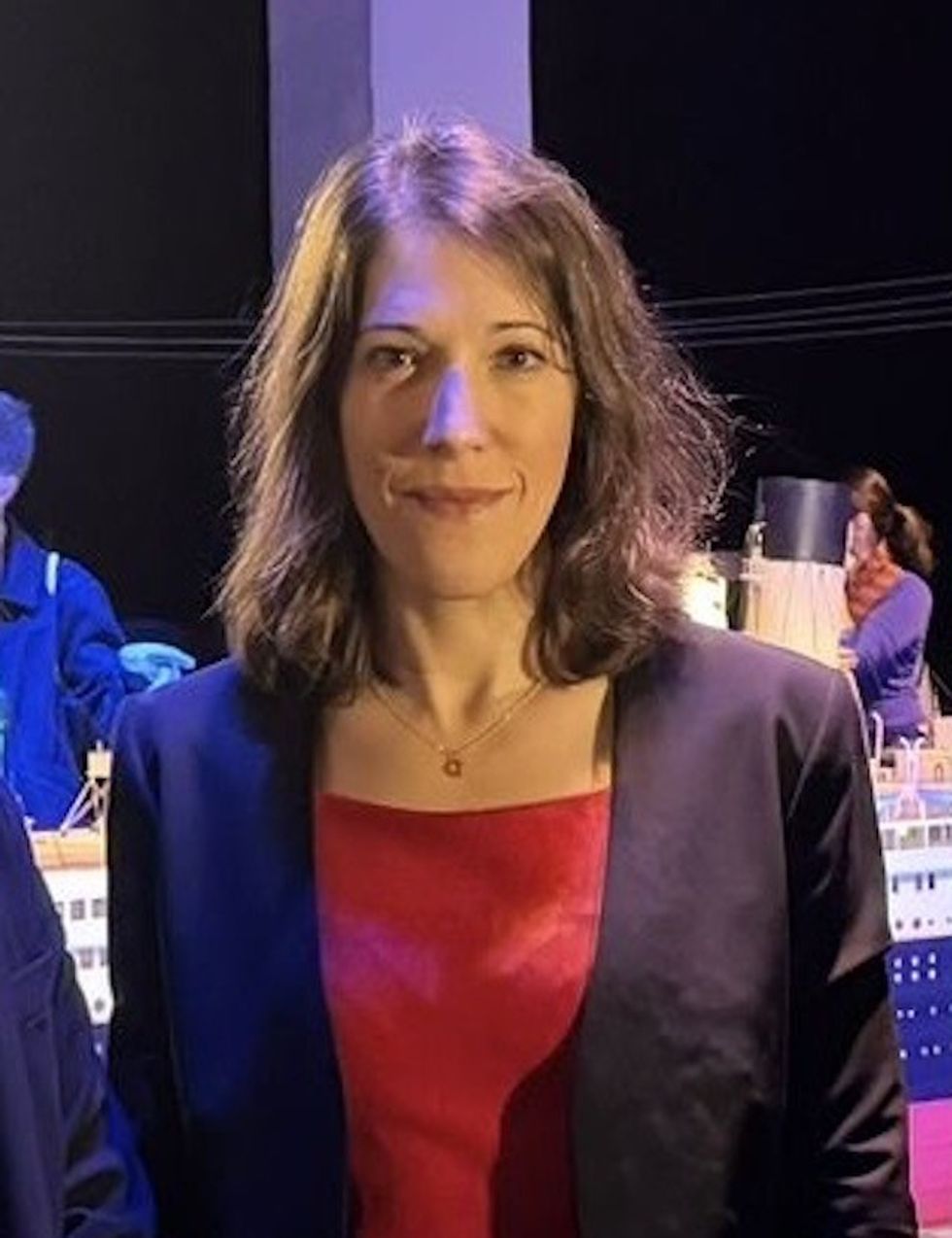

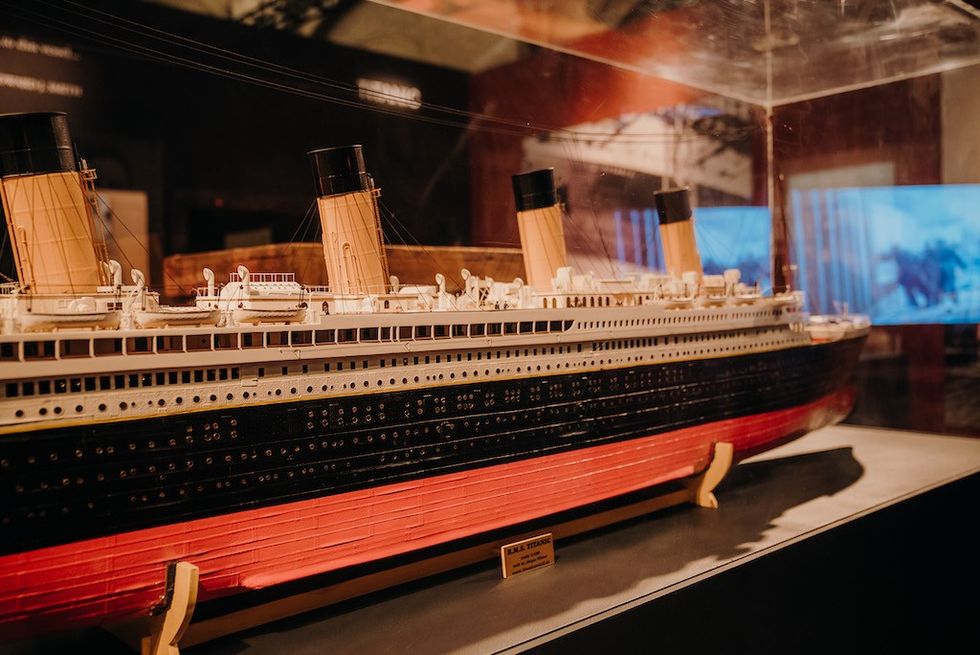
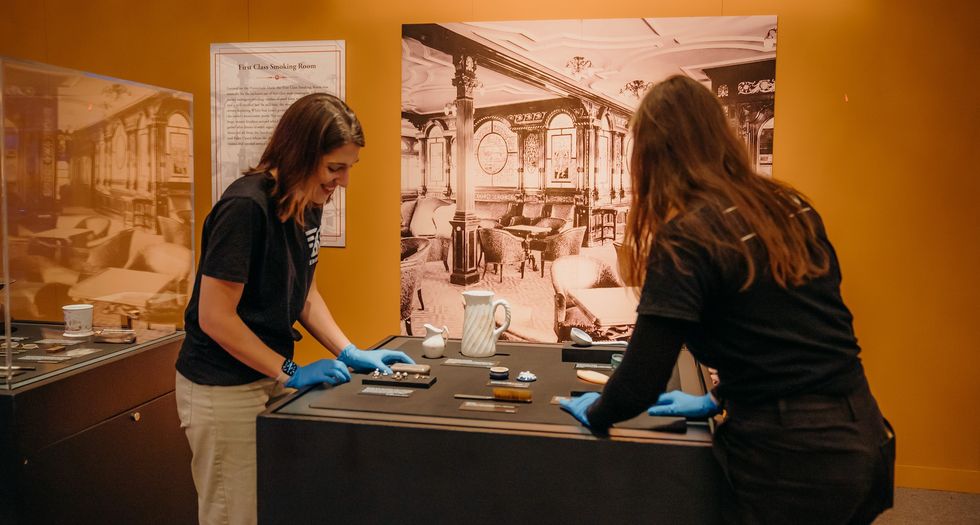
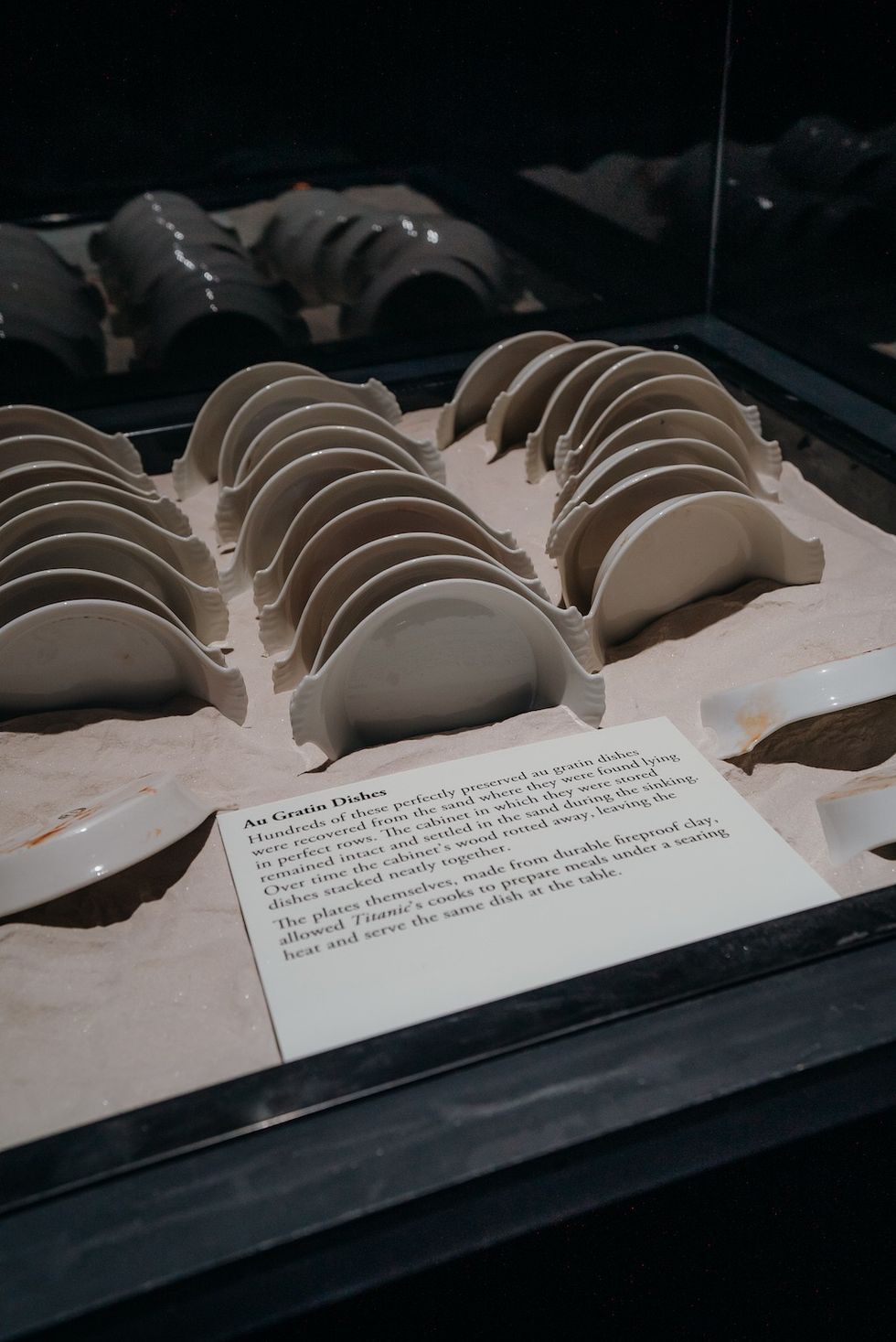
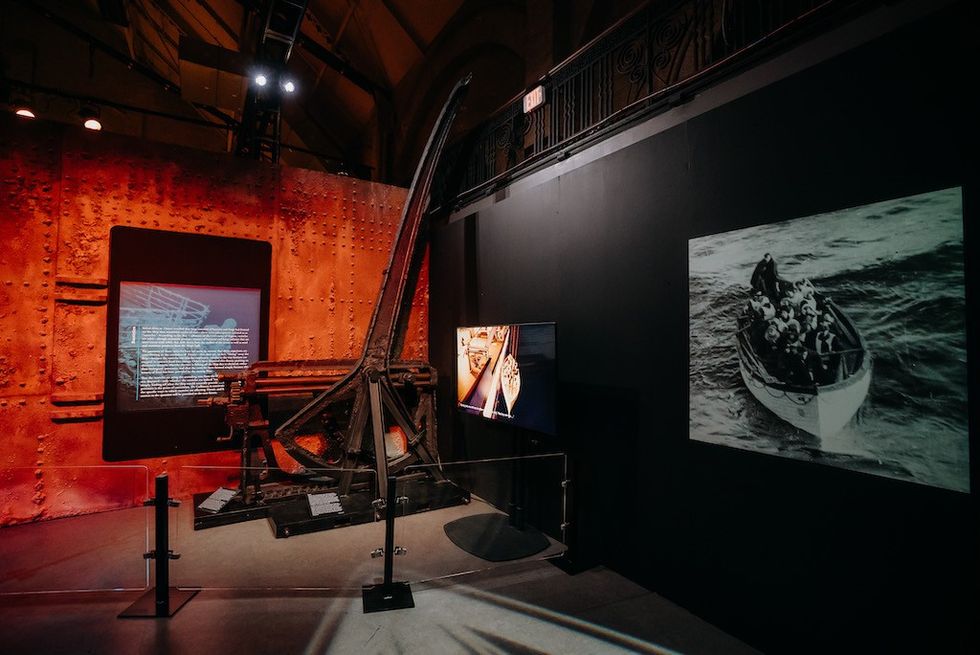
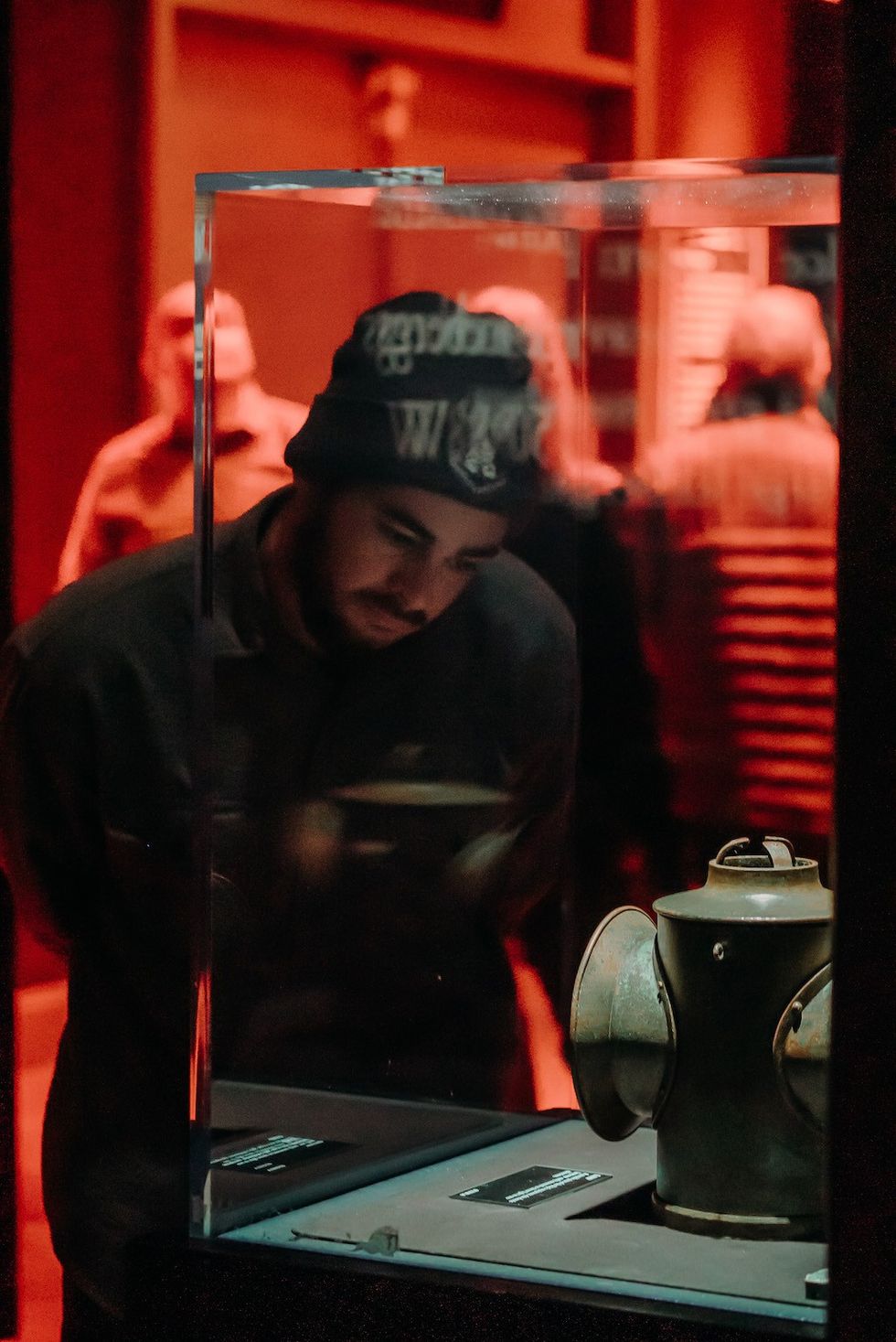

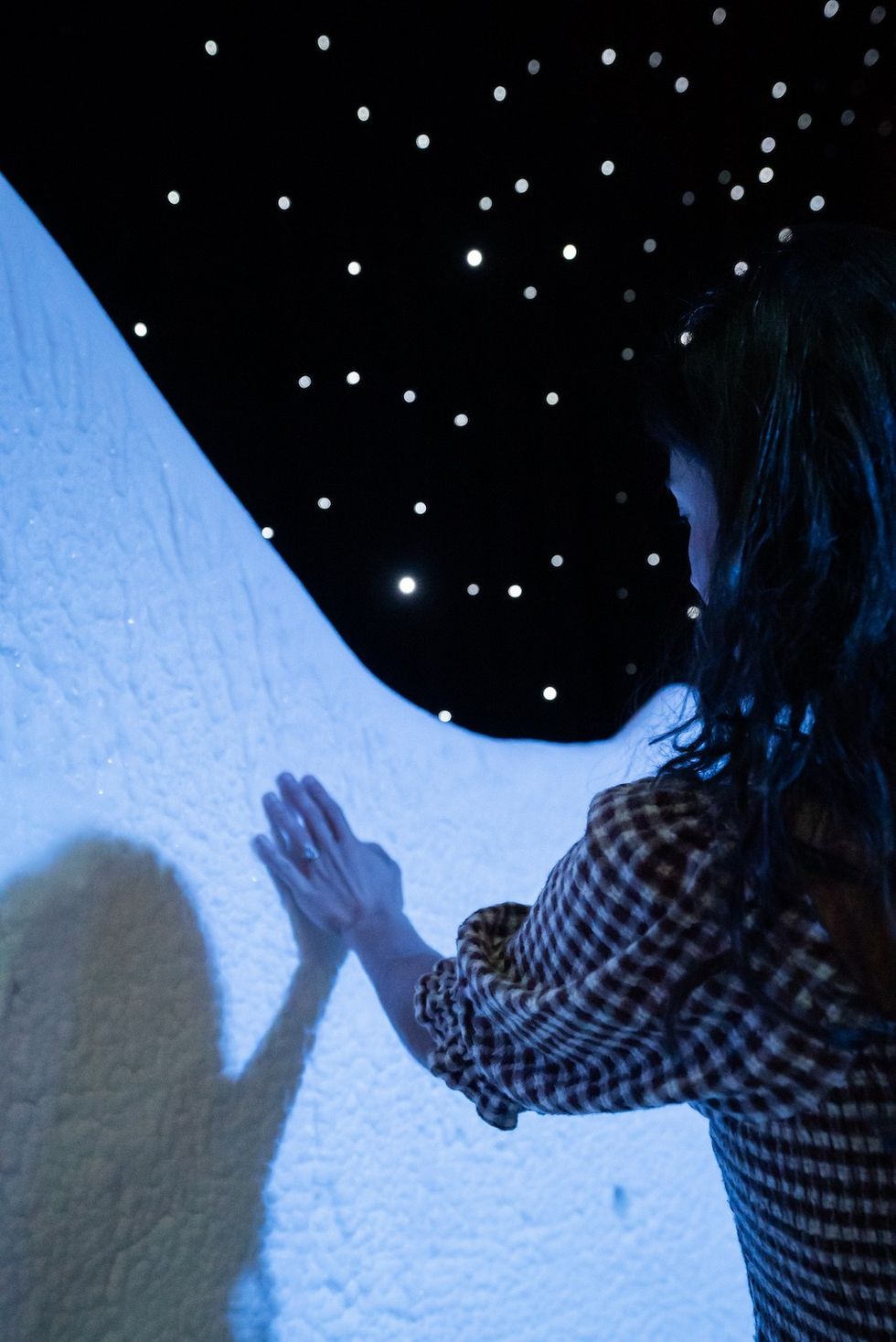
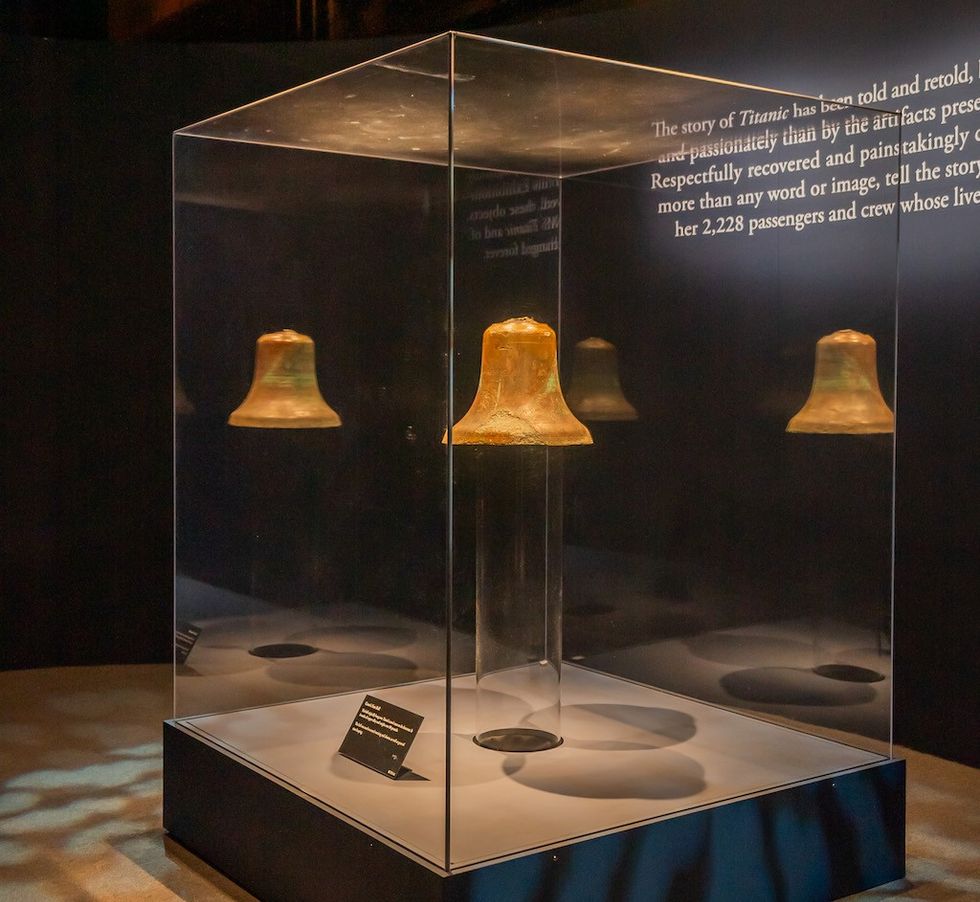
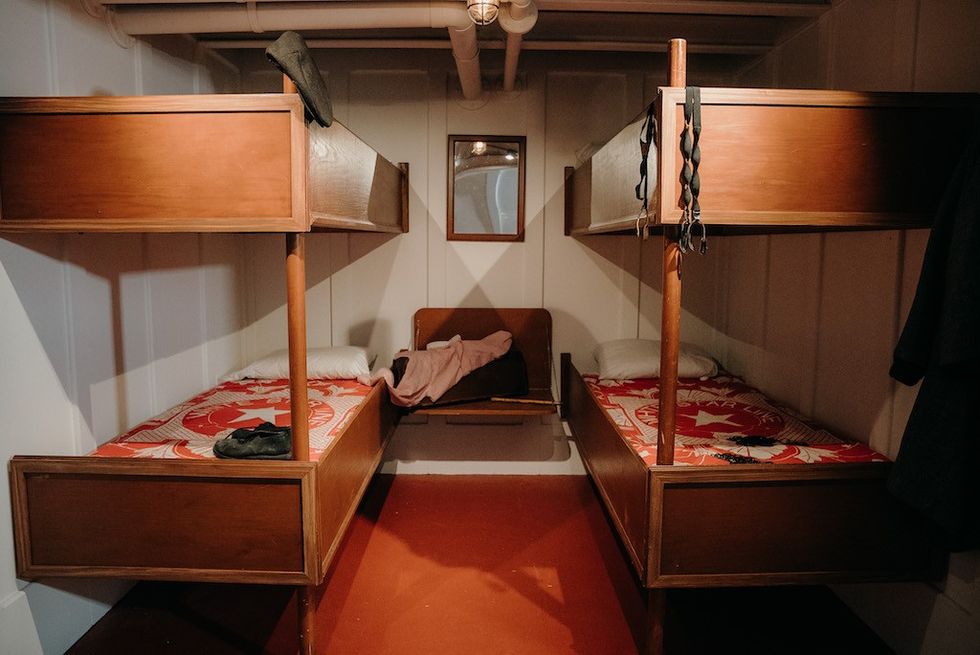
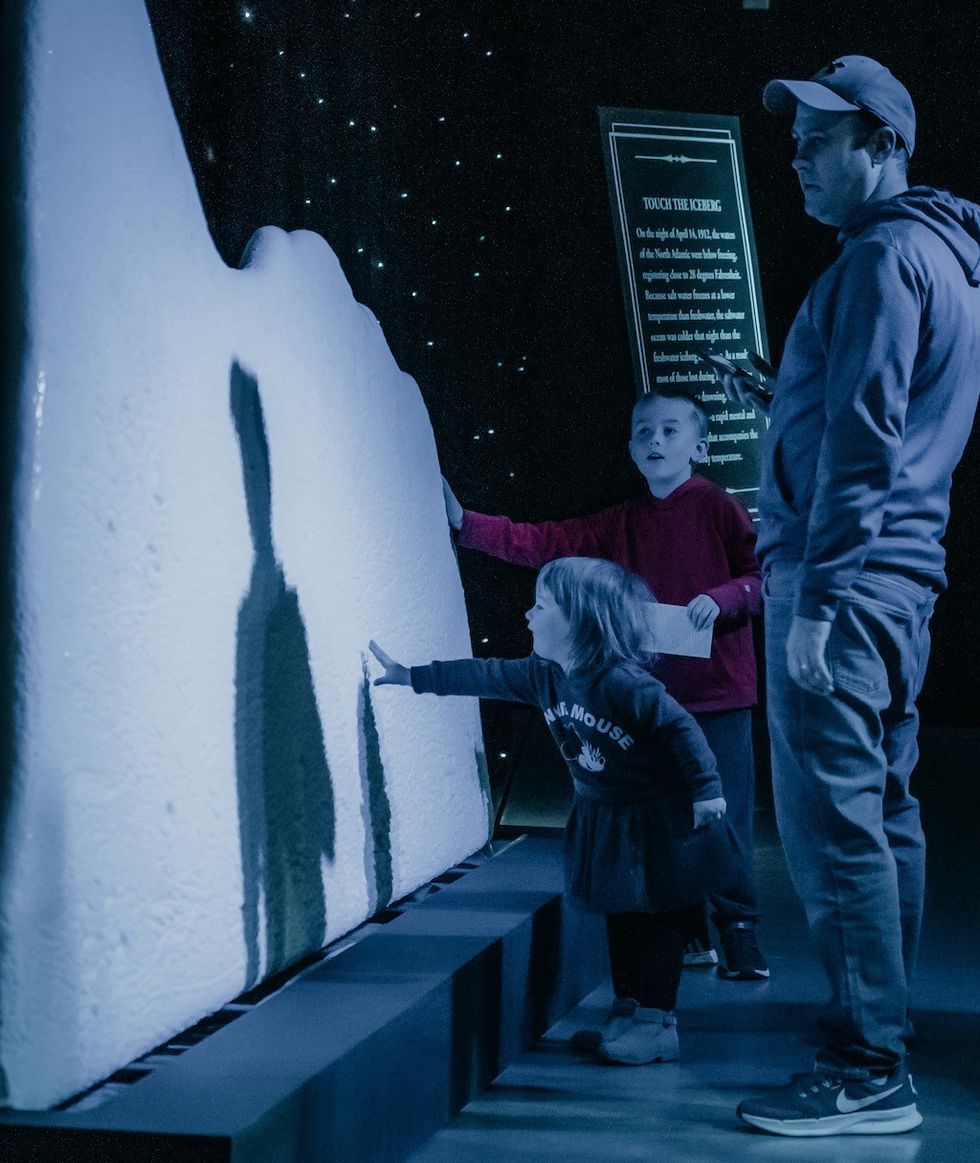


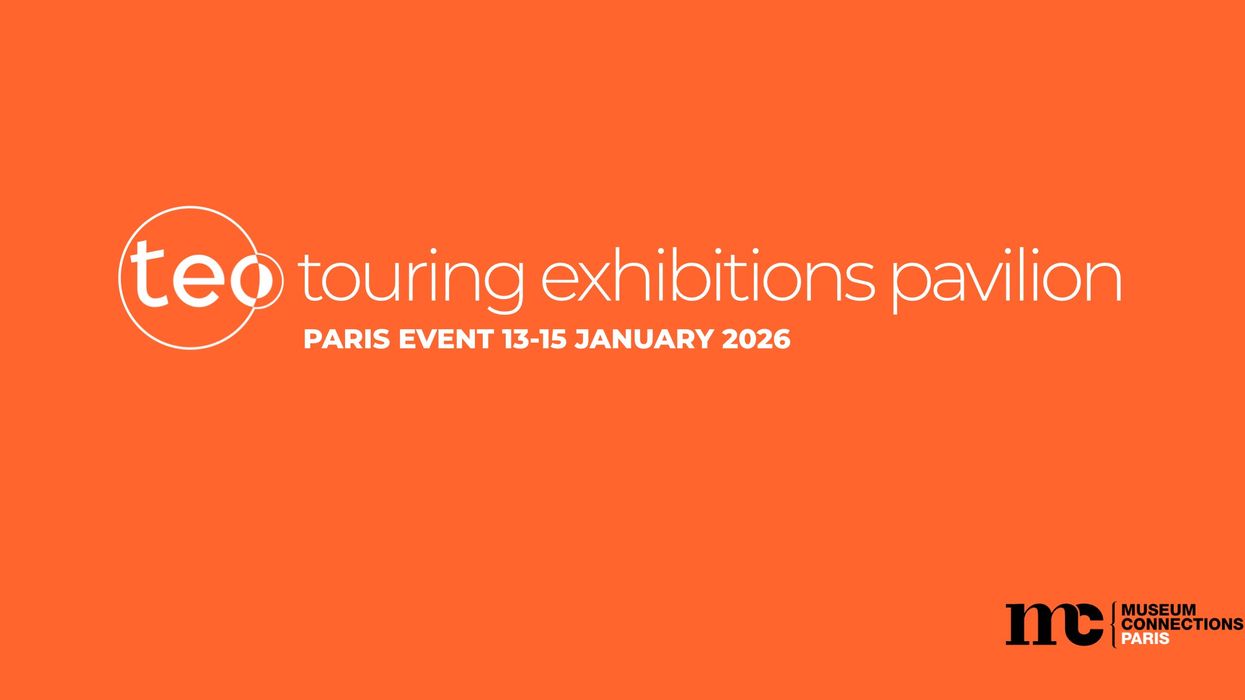
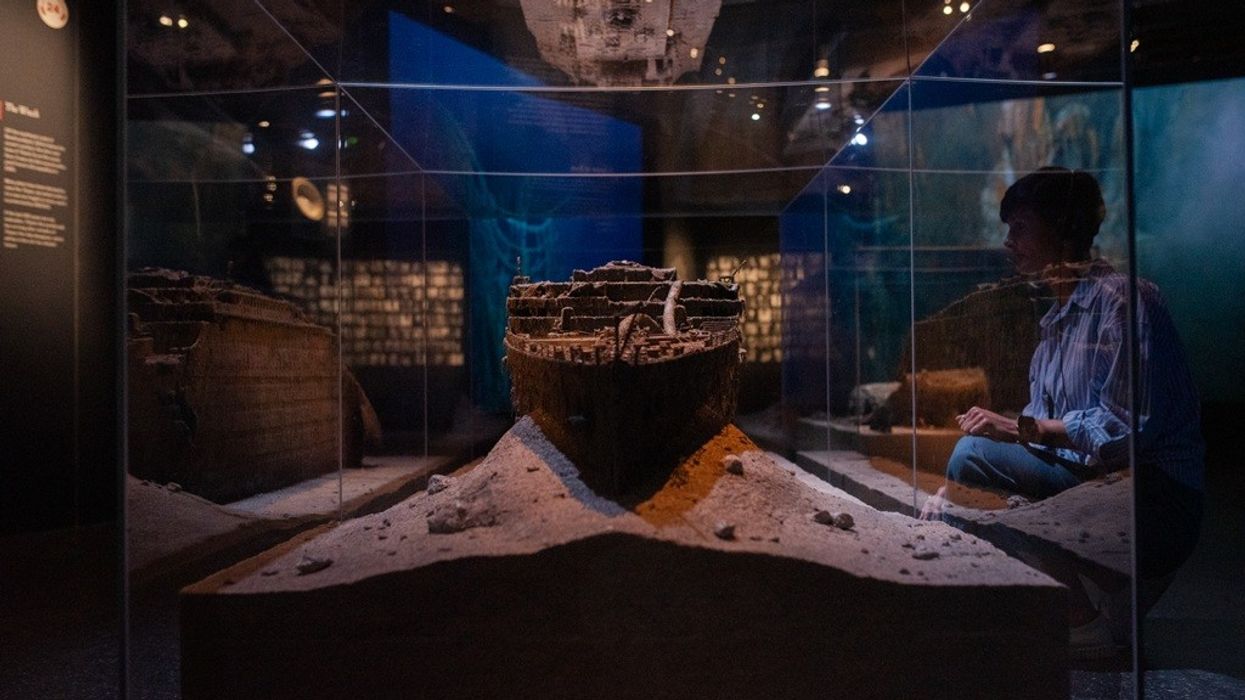


 TM Lim and Adam Wales
TM Lim and Adam Wales







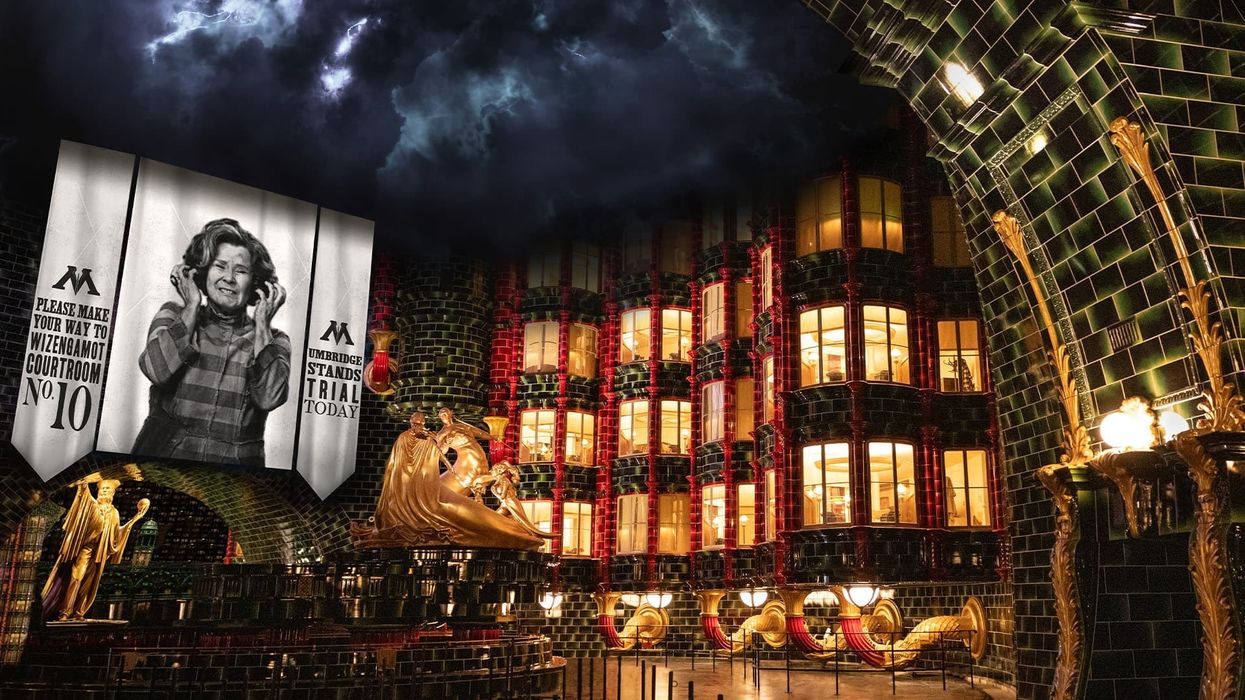

 Toby Harris
Toby Harris Hijingo
Hijingo Flight Club, Washington D.C.
Flight Club, Washington D.C.
 Flight Club Philadelphia
Flight Club Philadelphia Flight Club Philadelphia
Flight Club Philadelphia Bounce
Bounce Hijingo
Hijingo Bounce
Bounce
 Fernando Eiroa
Fernando Eiroa











 Nickelodeon Land at Parque de Atracciones de Madrid
Nickelodeon Land at Parque de Atracciones de Madrid Raging Waters
Raging Waters  Mirabilandia's iSpeed coaster
Mirabilandia's iSpeed coaster Parque de Atracciones de Madrid
Parque de Atracciones de Madrid Ferracci at the ribbon-cutting ceremony for Nickelodeon Land at Mirabilandia, with (left) Marie Marks, senior VP of global experiences for Paramount and (cutting the ribbon) Sabrina Mangina, GM at Mirabilandia
Ferracci at the ribbon-cutting ceremony for Nickelodeon Land at Mirabilandia, with (left) Marie Marks, senior VP of global experiences for Paramount and (cutting the ribbon) Sabrina Mangina, GM at Mirabilandia Tropical Islands OHANA hotel
Tropical Islands OHANA hotel Elephants at Blackpool Zoo
Elephants at Blackpool Zoo  Tusenfryd
Tusenfryd
 Andrew Thomas, Jason Aldous and Rik Athorne
Andrew Thomas, Jason Aldous and Rik Athorne







